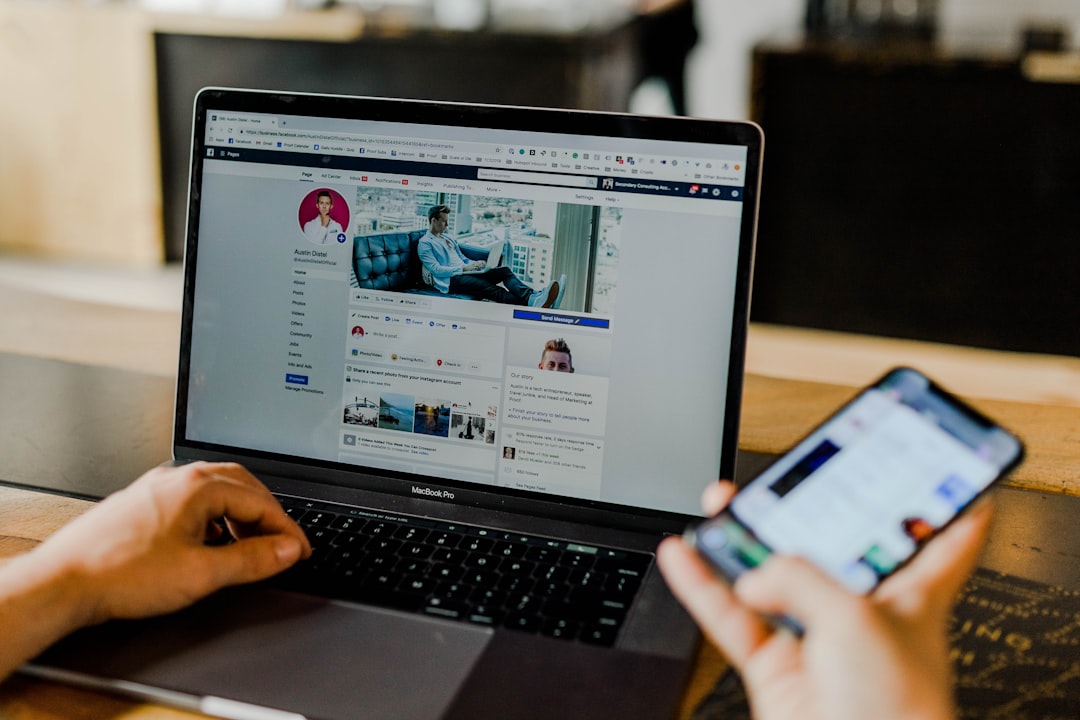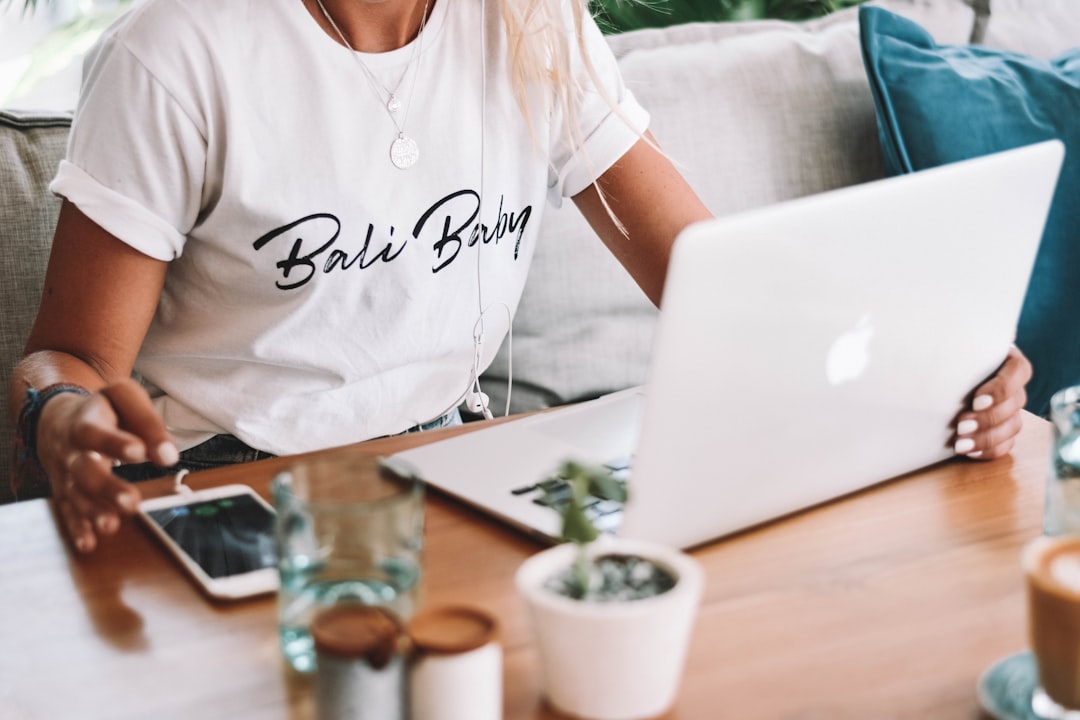Table of Contents
- Introduction
- Understanding the Importance of Data Segmentation
- Identifying Key Customer Segments
- Gathering and Analyzing Customer Data
- Creating Customer Profiles for Tailored Messaging
- Designing Targeted Offers Based on Segmentation Insights
- Conclusion
- Frequently Asked Questions
Introduction
In today’s data-driven marketplace, marketers are continually exploring innovative strategies to capture audience attention and drive conversions. One powerful tool that is revolutionizing these efforts is data segmentation. Imagine harnessing the ability to tailor your marketing offers with precision, ensuring that each message resonates deeply with its intended audience. This is the promise of effective data segmentation—offering unparalleled insights and actionable strategies to turbocharge your marketing campaigns.
Consider the following: a company analyzed its customer base and tailored its offers accordingly, resulting in a significant increase in engagement and profits. How did they achieve this? Through strategic data segmentation that identified key customer segments and personalized offers. Let’s take a closer look:
| Customer Segment | Customized Offer |
|---|---|
| Young Professionals | Discount on tech gadgets |
| Parents | Exclusive family package deals |
| Retirees | Travel and leisure discounts |
Unlock the secrets of segmentation with an eye toward maximizing your ROI. From understanding customer behavior to creating irresistible offers, the potential benefits are enormous. Is your business ready to harness the full potential of data segmentation? Let’s delve into the strategies that can transform your marketing approach.
Understanding the Importance of Data Segmentation
Data segmentation refers to the process of dividing a broad consumer or business market into sub-groups of consumers based on some shared characteristics. These characteristics can include demographics, purchasing behaviors, interests, or geographic locations. By understanding these sub-groups, businesses can tailor their marketing strategies to better meet the needs and preferences of specific segments, resulting in enhanced customer engagement and increased conversion rates.
The importance of data segmentation lies in its ability to allow businesses to focus their marketing efforts more precisely. Instead of adopting a one-size-fits-all approach, companies can deliver targeted offers or promotions that resonate with different segments of their audience. This targeted approach not only maximizes marketing efficiency by minimizing wasted resources but also enhances customer satisfaction by providing relevant and personalized experiences.
Moreover, data segmentation helps businesses identify new market opportunities and optimize their product offerings to suit the specific demands of each segment. By analyzing segmented data, businesses can better understand trends, forecast future needs, and make informed decisions that drive growth and profitability. Ultimately, data segmentation is a critical tool for businesses looking to improve their marketing effectiveness and maintain a competitive edge.
Identifying Key Customer Segments
Identifying key customer segments is crucial for businesses aiming to deliver personalized offers and promotions. By examining customer data, businesses can categorize their audience into distinct segments based on shared characteristics. These characteristics can include demographics, purchasing behavior, psychographics, and more. For instance, demographic data such as age, gender, income, and location can help in determining the preferences and buying habits of different segments.
Purchasing behavior analysis is another essential aspect. By looking at purchase history, frequency of purchases, and average order value, businesses can identify segments that are frequent buyers or those that require incentives to enhance their buying behavior. Psychographics, which encompasses lifestyle, interests, and values, adds a layer of depth to the segmentation process, enabling companies to tailor their messaging to resonate more effectively with each segment.
In addition to these methods, businesses can utilize data analytics tools to further refine their segmentation process, ensuring that they can pinpoint the most profitable and promising segments. Once these segments are identified, targeted offers can be crafted that address the specific needs and desires of each group, leading to improved customer satisfaction and increased revenue.
Gathering and Analyzing Customer Data
Gathering and analyzing customer data are foundational steps in using data segmentation to deliver targeted offers or promotions. The process begins by collecting data from various touchpoints such as websites, social media, and in-store interactions. This data often includes demographic information, purchase history, browsing patterns, and customer feedback. Modern tools and technologies like CRM systems and data analytics platforms play a crucial role in aggregating and organizing this information.
Once the data is collected, the next step involves analyzing it to uncover trends and patterns that can inform marketing strategies. Businesses employ various techniques, from basic statistical analysis to more advanced machine learning models, to parse through this information. The goal is to identify distinct customer segments based on behaviors, preferences, and needs.
By understanding these segments in detail, companies can create highly personalized marketing campaigns. For example, one group may prefer discounts on bulk purchases while another might be more interested in early access to new products. Analyses help in tailoring these offers, ensuring they are relevant and appealing to each segment.
Creating Customer Profiles for Tailored Messaging
Creating customer profiles is a crucial strategy for delivering personalized messaging and offers to consumers. By leveraging data segmentation, businesses can craft detailed profiles of their customers based on various factors such as demographics, purchasing behavior, and preferences. This process involves collecting and analyzing data to identify distinct segments within the customer base, allowing businesses to tailor their marketing efforts more effectively.
Each customer profile represents a subset of the audience with specific needs and interests. By addressing these unique characteristics, businesses can create targeted promotions that resonate with the intended audience. For example, a customer profiled within a high-spending segment might receive exclusive offers or early access to sales, fostering a sense of priority and enhancing loyalty.
In addition to driving sales, this personalized approach also improves customer satisfaction by providing relevant and meaningful interactions. It allows businesses to engage with customers on a more personal level, building stronger relationships and fostering brand loyalty. Ultimately, creating customer profiles through data segmentation is an essential component of a successful marketing strategy, enabling businesses to connect with their audience in more impactful ways and optimize their return on investment.
Designing Targeted Offers Based on Segmentation Insights
Designing targeted offers based on segmentation insights involves analyzing data to understand the diverse needs and preferences of various customer groups. By segmenting your market, you can identify patterns and trends that are specific to each group, allowing you to tailor promotions that resonate effectively with each audience. Segmentation can be based on demographics, behavior, geography, and psychographics, among other factors.
Once you have segmented your market, it’s crucial to analyze the data for insights that can guide your promotional strategies. For example, if a segment is identified as price-sensitive, offers such as discounts or bundle deals might be most effective. Similarly, tech-savvy customers could be targeted with exclusive online promotions or early access to new product launches.
Utilizing these insights, you can craft messages and offers that speak directly to the segment’s needs and interests, enhancing the likelihood of engagement and conversion. Additionally, personalization can be employed to refine these offers further, ensuring they align closely with individual customer profiles within each segment. Ultimately, leveraging segmentation insights allows for more precise marketing efforts, leading to improved customer satisfaction and increased sales.
Conclusion
In conclusion, data segmentation stands as a cornerstone for modern marketing, unlocking the potential to connect with customers on a deeper level. By strategically dividing your audience into meaningful groups based on shared characteristics or behaviors, businesses can ensure their marketing efforts are laser-targeted and impactful. The benefits of this approach are manifold—from enhancing customer satisfaction to driving higher conversion rates and fostering brand loyalty. With the rise of advanced analytics tools, businesses can not only gather and analyze data efficiently but also segment their audience with precision, creating personalized marketing campaigns that resonate with each customer segment’s unique needs and preferences.
Furthermore, with the ability to design tailored offers and real-time adaptability in marketing strategies, companies can establish a competitive edge, staying agile in an ever-evolving market landscape. As businesses continue to harness the power of data segmentation, not only do they unlock potential profits but also transform their customer relationships—building trust, loyalty, and long-term success. Embracing data segmentation is, therefore, not just a tactical choice but a strategic imperative for businesses aspiring to thrive in today’s data-driven world.
















